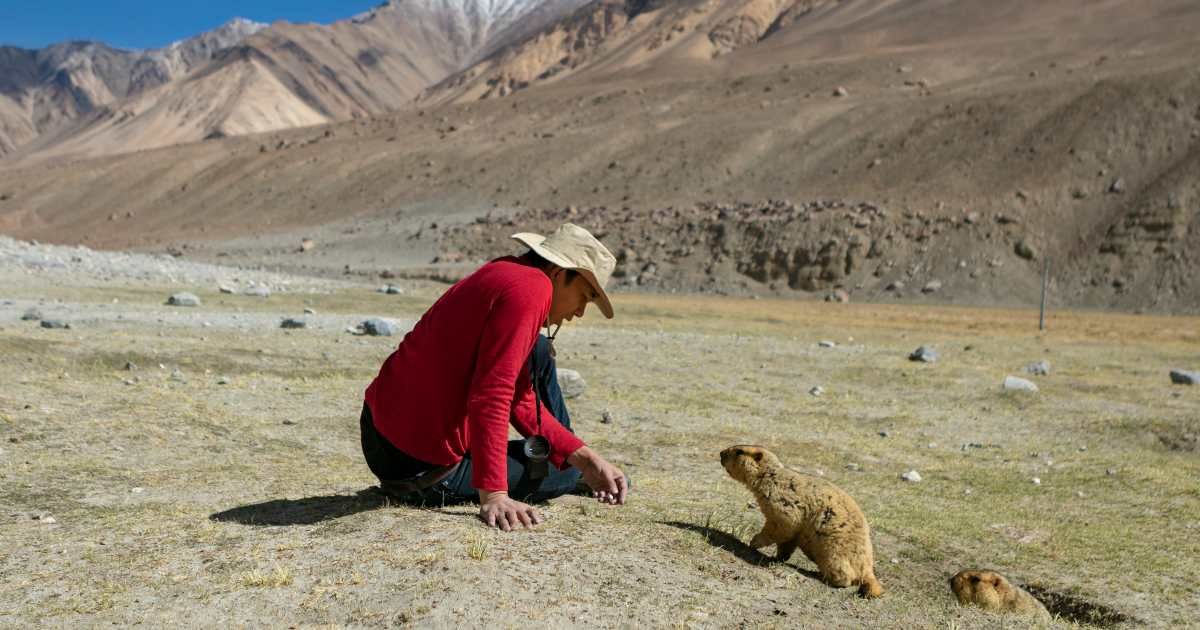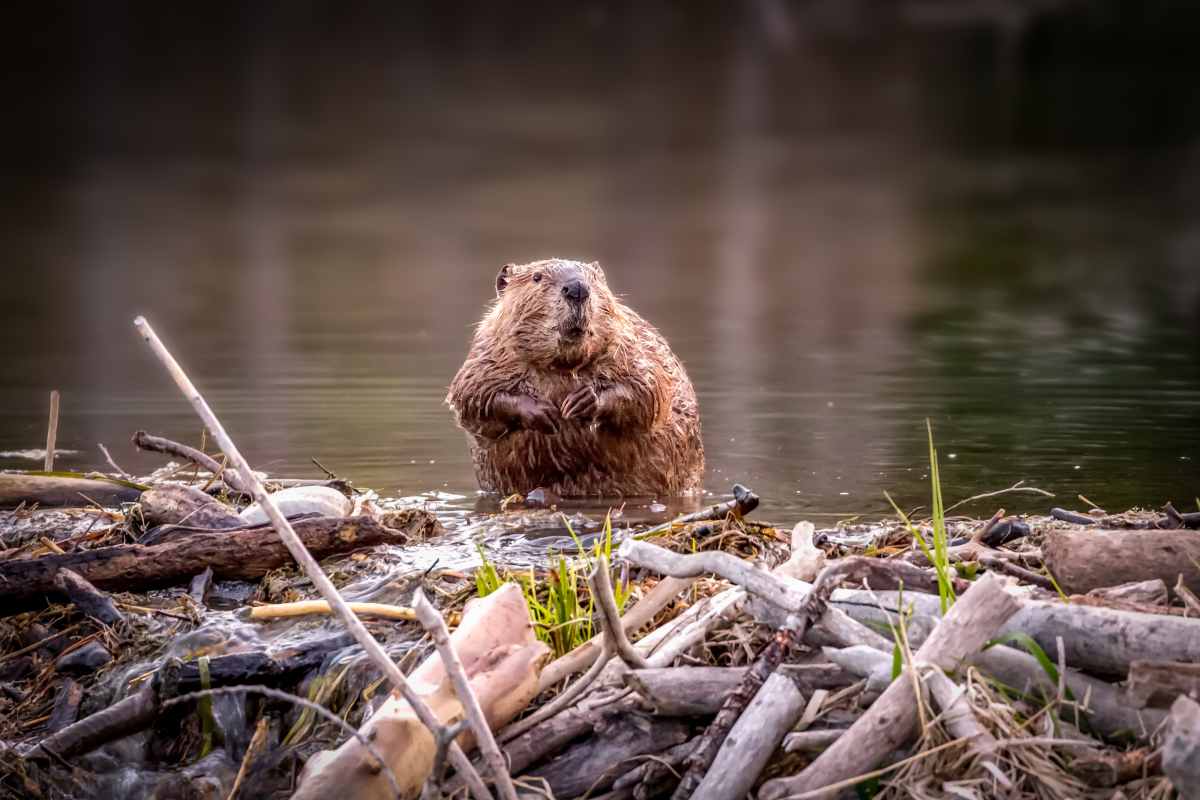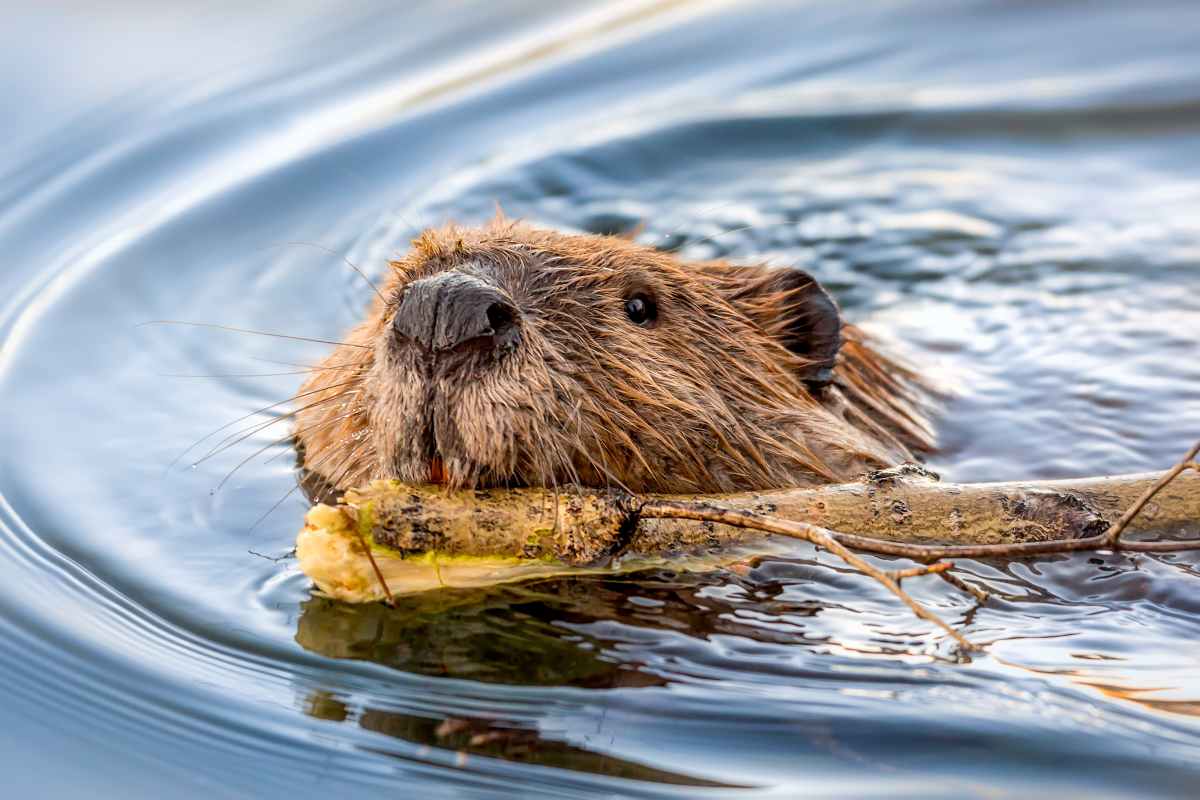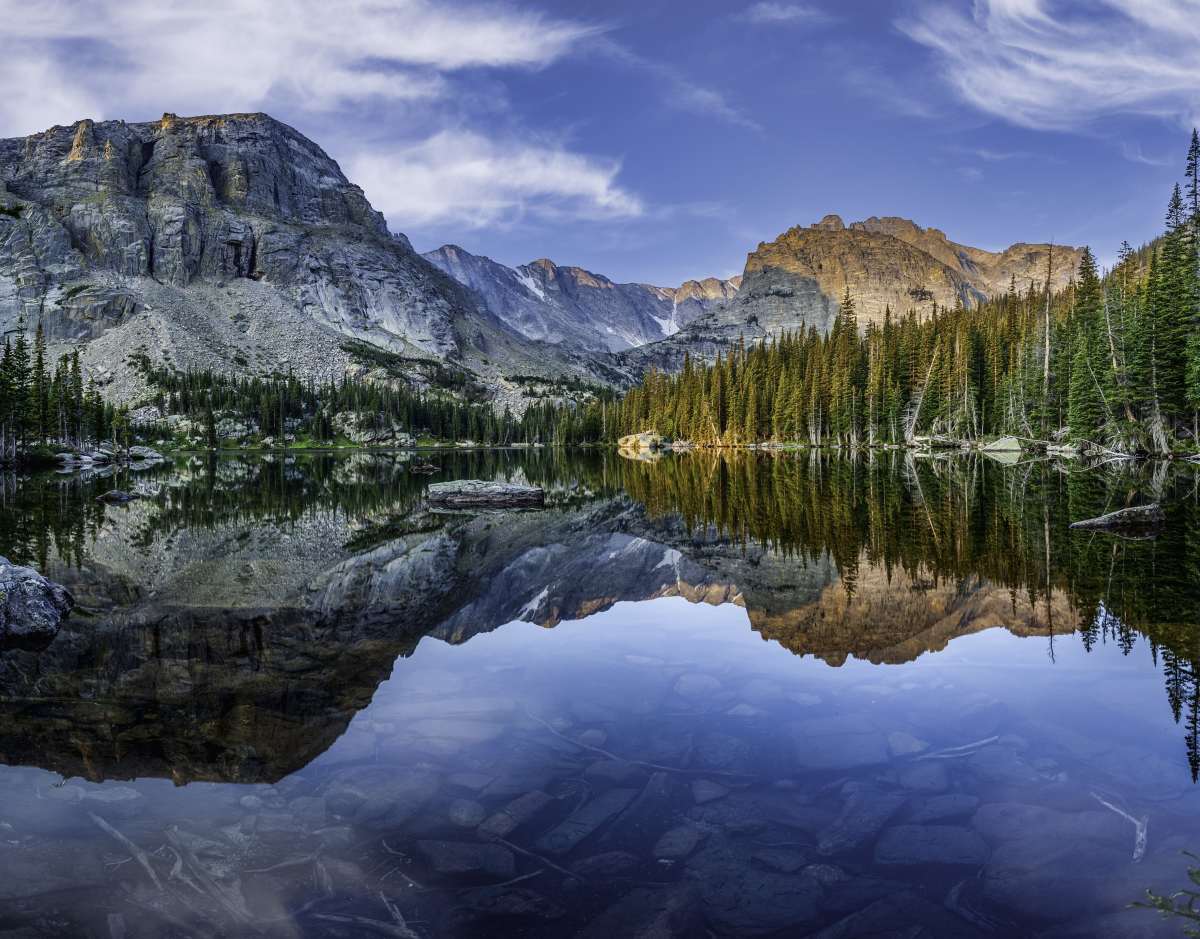Rocky Mountain National Park’s Ecosystem Suffers Without Beavers — and Experts Blame Two Animals

The Kawuneeche Valley of Rocky Mountain National Park seems unusually dull due to the absence of one species that once thrived in the area. The less-visited side of the park was scrawling with beavers. Now with none of them in sight, the park seems to have lost its glory. The stark decline in their population has had a major impact on the lush green ecosystem of the valley. The dam-building mammals once used tall willows as their construction material, but due to the overgrazing by moose and elk, they are no longer available.

But it's never too late to get things back on track! The National Park Service, non-profit organizations, and a coalition of local government leaders have initiated a joint effort to revive the population of the beavers and restore the park's ecosystem. According to SFGATE, they plan to restore wetlands that are suitable for beavers and many other species. Park Service ecologist Isabel de Silva Shewell revealed that the Kawuneeche Valley Restoration Collaborative has raised $3.3 million for a multi-year project. The project's stepping stone was initiated last year. In addition to installing simulated beaver dams on the remote west side of the national park, they built a fence around a Beaver Creek to protect the community from willow-eating animals.

Next year, they plan to apply the same restoration work to another geographical region: the Onahu Creek waterway. Silva Shewell believes that recreating the ecosystem will organically enrich the area with wetland species. “We’re doing the ‘Field of Dreams. Build it and they shall come,’” de Silva Shewell told the publication. The restoration project has started at the perfect time, considering the increasing threat to the park's wetlands. The valley has lost 94% of its beaver ponds since 1953, and since 1999 it has witnessed a 98% reduction in tall trees, as per the national park's official website. A 2024 study published in Conservation Biology found that human-led ecological restoration is the only way to prevent a total collapse.

The population decline of beavers has reached a point where the community itself can't do anything until the environment becomes favorable for them to grow and reproduce. Tall trees that the beavers use for construction have reduced, but on the contrary, the smaller ferns have astonishingly increased. This transformation in the valley happened because of moose and elk, who chomped on the taller plants, trimming them down to less than 2 meters tall. The population of moose and elk increased after their recent reintroduction into the ecosystem. Since then, their population has grown by more than 200%, drastically changing the valley's vegetative structure.

“Willow stands with stems averaging 0.66m in height support half the number of avian species and individuals as stands averaging 1.5m tall,” according to a 2014 study by Colorado State University scientists. The study concluded that by 2009, only 17% beavers were found in the sites that have a historical link with the species. In 1978, a moose was brought to Colorado, which quickly settled in the Kawuneeche Valley and started feeding on the tall willows that once covered the stunning valley and glorified it for thousands of years. In the early 20th century, Elk was also reintroduced, which further compounded the issue. These notorious grazers are the culprit behind slowly turning the lush green valleys – home to species like the beavers – into arid land.
More on Green Matters
Research Find That Beavers Are Considered Valuable in the Fight Against Climate Change
Do Beavers Eat Wood? What You Need to Know About the Cute Herbivores
Scientists Reintroduced Beavers in Utah Desert to Save Rivers — and They Did an Incredible Job